Original paper
Class-D Amplifier Power Stage With PWM Feedback Loop
Volume: 28, Issue: 8, Pages: 3870 - 3881
Published: Nov 28, 2012
Abstract
This paper presents a second-order pulsewidth modulation (PWM) feedback loop to improve power supply rejection (PSR) of any open-loop PWM class-D amplifiers (CDAs). PSR of the audio amplifier has always been a key parameter in mobile phone applications. In contrast to class-AB amplifiers, the poor PSR performance has always been the major drawback for CDAs with a half-bridge connected power stage. The proposed PWM feedback loop is fabricated...
Figures & Tables
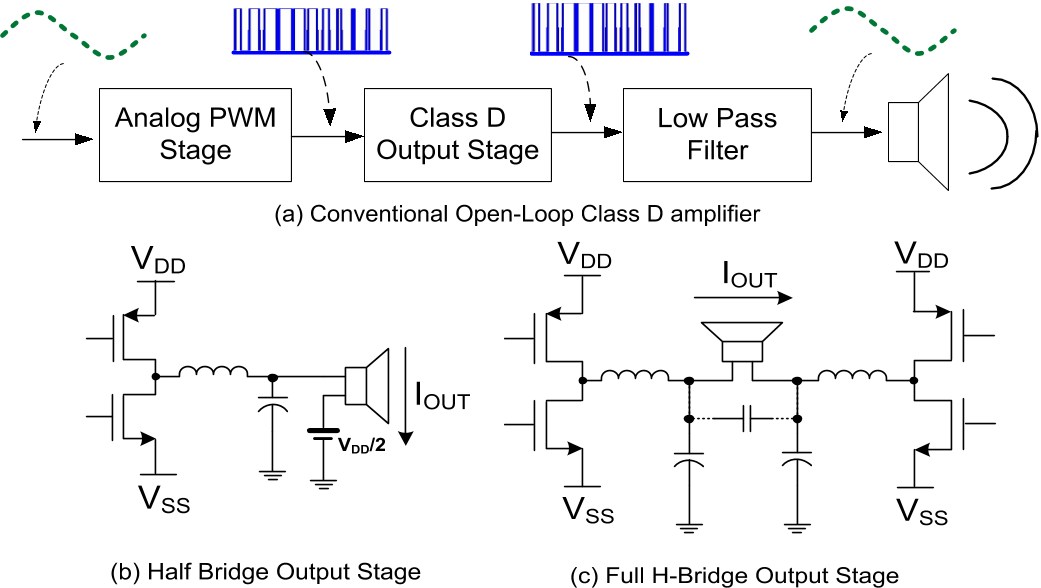
Fig. 1. Basic CDA and its power stage configurations.
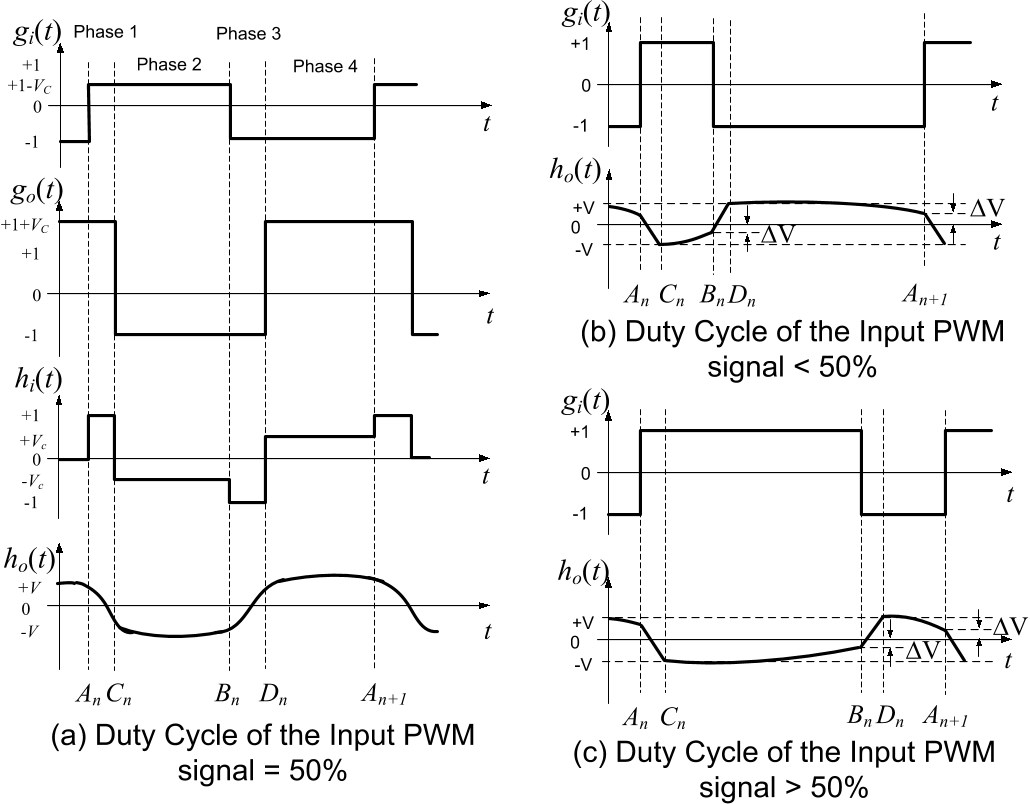
Fig. 10. PWM input, PWM output, Integrator input and Integrator output of the pr...

Fig. 11. Loop gain transfer function of the optimized Second-Order PWM feedback ...
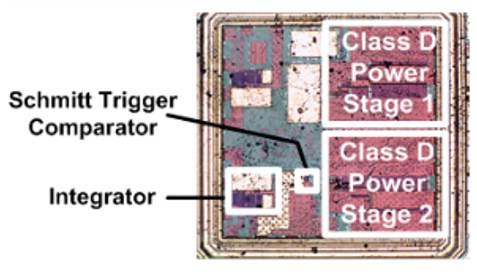
Fig. 12. Die photo of the fabricated chip for the proposed Class D amplifier pow...
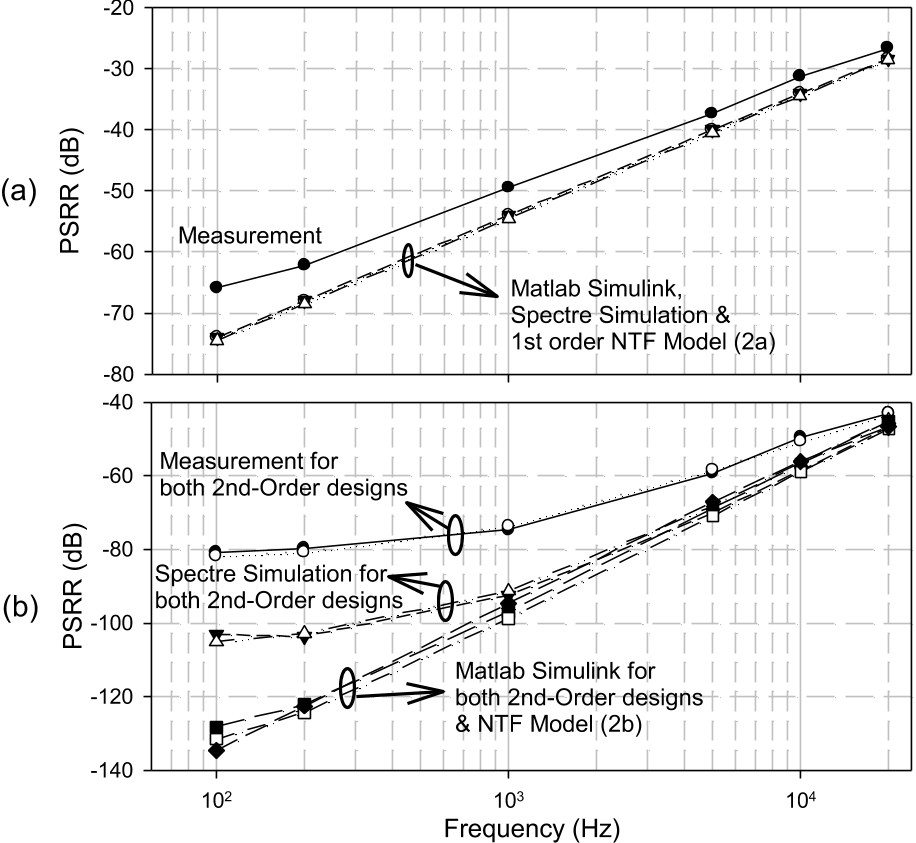
Fig. 13. Comparison of PSR for the proposed power stage with (a) 1st –Order PWM ...
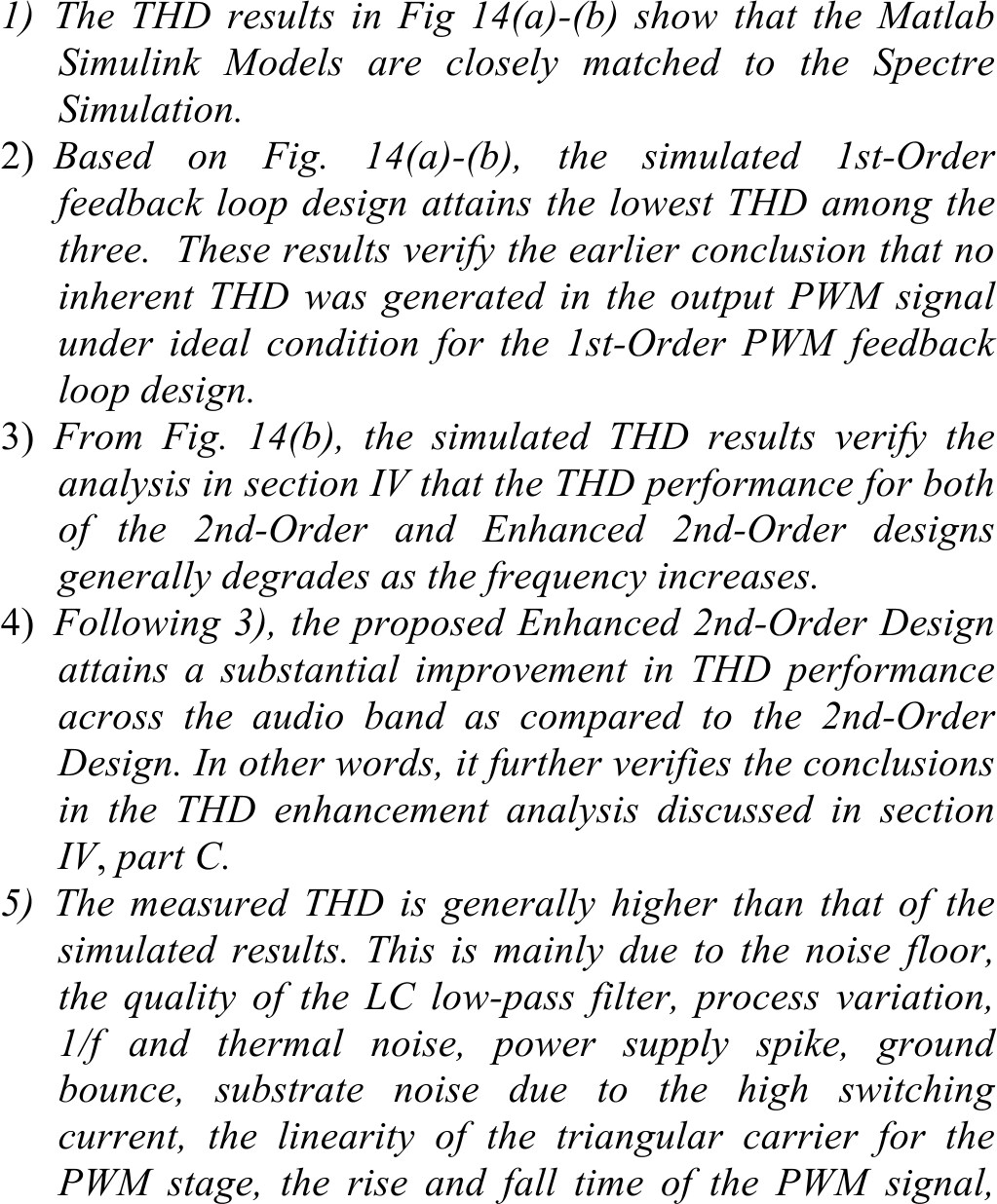
Figure 14. THD Performance over different input frequencies at input modulation ...

Fig. 14 depicts the THD of the Closed-Loop PWM power stages for different input ...

Figure 15. THD (%) Performance vs output power (mW) with input signal frequency ...
Paper Details
Title
Class-D Amplifier Power Stage With PWM Feedback Loop
Published Date
Nov 28, 2012
Volume
28
Issue
8
Pages
3870 - 3881
TrendsPro
You’ll need to upgrade your plan to Pro
Looking to understand a paper’s academic impact over time?
- Scinapse’s Citation Trends graph enables the impact assessment of papers in adjacent fields.
- Assess paper quality within the same journal or volume, irrespective of the year or field, and track the changes in the attention a paper received over time.
Citation AnalysisPro
You’ll need to upgrade your plan to Pro
Looking to understand the true influence of a researcher’s work across journals & affiliations?
- Scinapse’s Top 10 Citation Journals & Affiliations graph reveals the quality and authenticity of citations received by a paper.
- Discover whether citations have been inflated due to self-citations, or if citations include institutional bias.